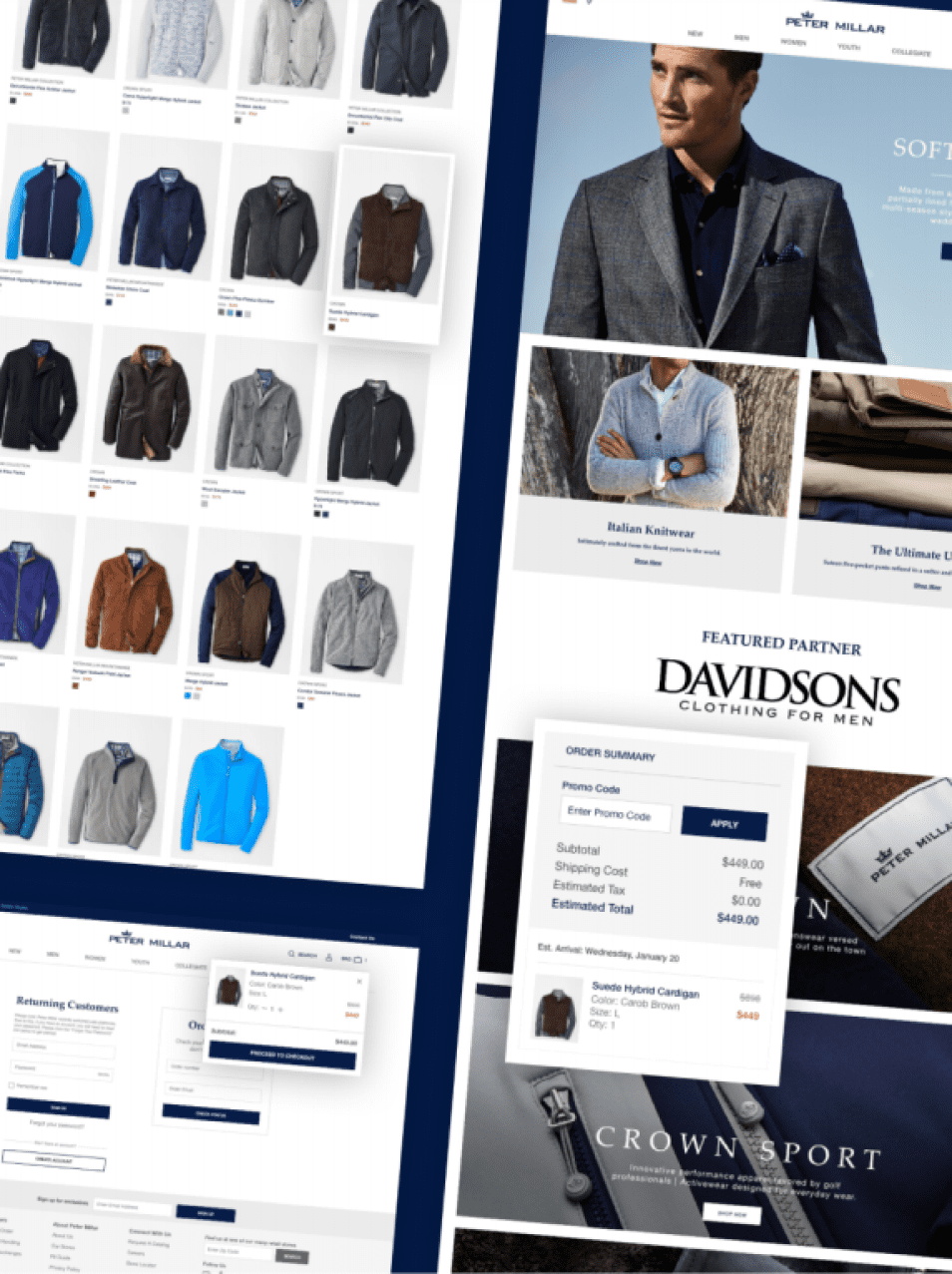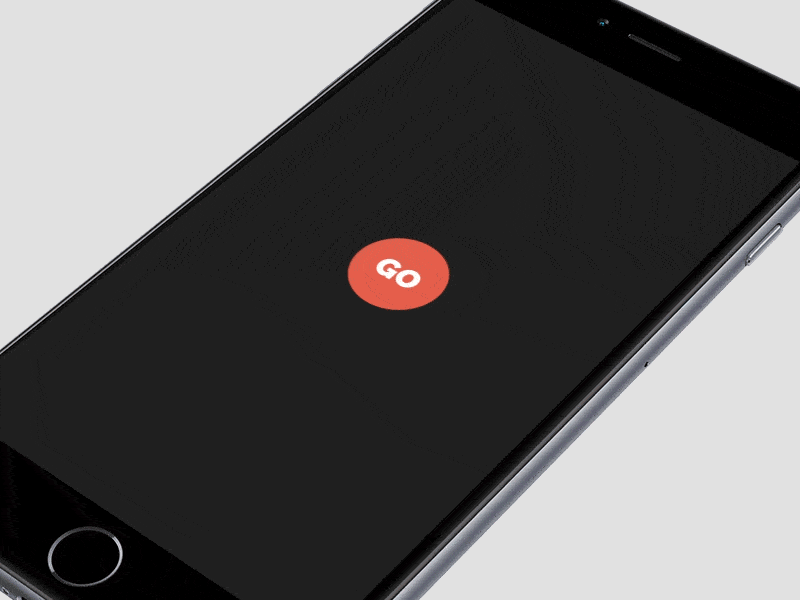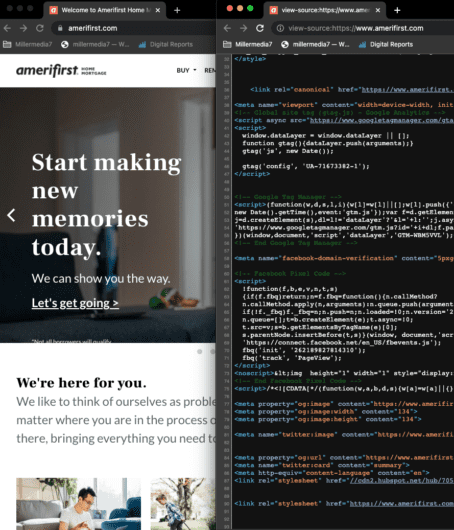Everyone is going digital, and so must Consumer Packaged Goods (CPG). Digital is the new normal now. If you are the famous barbershop around the corner and you don’t want to lose your usual customers, you should go digital. Or if you are selling carrots in your local market, you should undergo a digital transformation, too. In short, even traditionally brick and mortar businesses need to adjust their business model to include a digital strategy.
Why go digital?
Because people hang out online a lot more these days than they used to do a few years earlier. New data from USC Annenberg (PDF) about the digital lives of Americans state that the average American spends 24 hours a week online.

So, if CPGs want to follow customers wherever they go, they need to be ready for a digital transformation.
Let’s define CPG
Before we discuss CPG, digital transformation, and other CPG digital trends, it’s useful to cover what CPG actually is. CPG stands for consumer packaged goods. It’s an industry term for merchandise that people frequently use up and replace. Some CPG examples are: food, beverages, cosmetics, and cleaning products. Maybe the best definition of CPG is that it applies to fast-moving consumer goods.

The CPG industry consists of products that are really routine and have been around for centuries. However, while brands may be the same, the market is not. The market is changing rapidly. People are finding new places to hang out – and a large portion simply hang out online. Consumer habits and needs are changing really fast. That’s why CPG businesses might need to re-evaluate the situation to get more out of their interaction with customers.
CPG businesses have used quite a lot of traditional advertising tactics to get their message across. Let’s take Coca-Cola Polar bears commercial as an example. They had a series of cute TV commercials which was fine a few years ago.
But is this going to work now?
Well maybe. But the channels of delivering your message have doubled now. Now, you have a wide range of digital transformation initiatives, driving online sales with e-commerce websites, social media channels like Twitter, Facebook, Instagram, Snapchat, you have different kinds of messengers like WhatsApp, Viber, Telegram, you have display advertising, etc.
With this in mind, it’s crucial for any CPG brand’s digital transformation strategy to include both offline and online channels in order for them to be able to spread their brand messaging successfully.
How to use digital technologies to go online
There are a lot of answers to this question and a lot of steps to take to achieve the goal of digital transformation. You can start small, or you can think about a design, business processes, development and marketing budget and launch a fresh new CPG campaign online.
In any case, you have two things to start with:
1. Create a unified engagement strategy that includes social media, e-commerce website, IoT, and mobile app.
It’s important to create a better CPG customer experience and build a loyal customer base. To do so, you need to think about a unified strategy that includes all those different channels like social media, microsites, IoT, mobile apps, and a brand website, for starters.
When these channels work together, they will help you get more targeted brand interactions. This way, you will be able to track user behavior and create a better user experience.
Of course, you might face a few challenges on your way. For example, it might be hard to determine the exact customer identity. A single person can have a Twitter account, a LinkedIn account, a Facebook account, Instagram, Snapchat, etc. It can get hard to keep track of all these digital identities.

People create and delete accounts or simply leave their old accounts. CPG businesses need to think about a way to track real users in real time without getting trapped in the web of digital identities.
2. Think about digital architecture: design and development
Having a digital transformation strategy is one thing, implementing it is another. You can, and you should, have an overall digital strategy in place. However, you should also think about how you want this CPG digital transformation to take place.
What does this mean?
First of all, it’s about the right design.
Do you need random design work? No!
Do you need consistent design across all your digital platforms? Yes!
Consistent and high-quality design has a huge impact on user experience (UX) and makes the difference in whether your site converts or not.
So, you basically need UX and Visual Design.
When you’re going through the digital transformation stage, you should make sure that people recognize you. There are a few ways they can recognize you:
- Through your visual content
- Through your messaging
That you keep your Tone of Voice (ToV), visual content, and messaging consistent is critical. In addition, design should go hand in hand with development. Your brand website or mobile apps should reflect your messaging and your brand identity. So make sure to hire the right design and development team when you decide the time is right for your CPG company to go through a digital transformation.
3. Make use of emerging technologies
Artificial Intelligence (AI) is the new fad. You can hear the words “artificial intelligence” in nearly all kinds of startup pitch events. And the truth is AI or machine learning can actually help CPG businesses in their digital transformation. For example, integrated IT systems and cloud computing have helped smart factories to increase their production capacity by about 20%.
Big data analytics can actually help CPG businesses increase their product success rates and deliver personalized services.

Another direction CPG businesses can go in order to undergo digital transformation is IoT (Internet of Things). IoT is a sensor network of billions of smart devices that connect people, systems and other applications to collect and share data.
It is believed that by 2020, half of the everyday essential products will be auto-replenished in “connected homes” through the Internet of Things (IoT). Additionally, around 800 billion consumer products will experience smart packaging such as QR codes.

What about AR/VR experiences, you will ask? Like how IKEA used AR/VR apps to create that perfect experience for the consumer and to eventually convince them to buy? The same or nearly the same is going to happen to the CPG space. It is estimated that by 2020, 100 million consumers will shop in augmented reality.

Below is an example of how an AR mobile app can enhance the shopping experience in a supermarket.
Going digital is a serious game, so you need to take your game to the next level!
A few key things to consider during this journey
A digital transformation for the CPG space is not going to be easy. This is why we want to summarize a couple of key points to keep in mind during this process.
Rethink your marketing strategies
Going digital means shifting your attention from offline advertising to online and from outbound marketing to inbound. So, make sure you follow the online advertising trends and techniques. Experiment with a few digital marketing tricks and find what fits your CPG business most.
Personalize the customer experience
Often, customers are eager to pay more money to receive a personalized product or service. Besides, 22% of consumers are willing to share some data in return. Data analysis can, in fact, enhance customization and personalization.
Direct-to-consumers e-commerce is on the rise. On the other hand, subscription-based services are becoming popular too, especially those “surprise me” subscriptions where consumers pay money for curated products, or products that have been chosen for them based on their interests and preferences.
Keep an eye on industry dynamics
A recent report on CPG trends says that the consumer market is now made up of two types of consumers: survivalists and selectionists. The first type is basically more concerned about finding discounts and coupons. They thus opt for budget retailers.
The second type chooses products based on quality, or the perception of quality, which means that they are fine paying a bit more money for a product or service.
This shift in consumer behavior has created a little confusion for many brands, especially those that consider themselves being between premium and discount. To avoid confusion, you need to keep a keen eye on industry dynamics and decide where you actually stand.

CPGs need to go through a digital transformation
The CPG space used to have exciting traditional advertising campaigns. However, relying on what used to work isn’t a successful strategy for any business looking to triumph. It’s time to undergo a digital transformation that will help get more customers and build brand loyalty. For this, you need a unified strategy and, of course, great design and development. The rest you can achieve through experimentation and data analysis.














